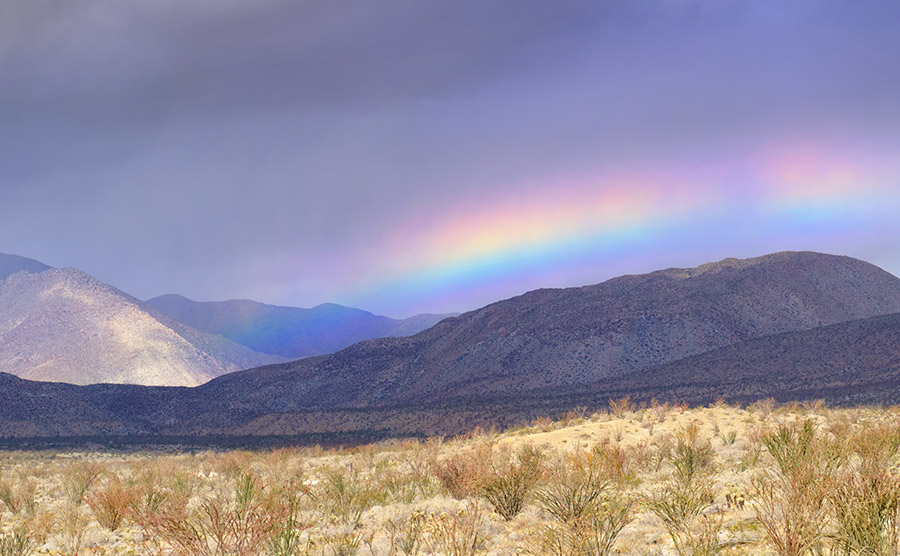 Knowing your subject is important in nature photography because it helps you anticipate the perfect moment for a photograph or identify potential opportunities for a photo. You don’t have to be an expert on everything you photograph, but it helps to know a little and to continue learning more.
Knowing your subject is important in nature photography because it helps you anticipate the perfect moment for a photograph or identify potential opportunities for a photo. You don’t have to be an expert on everything you photograph, but it helps to know a little and to continue learning more.
I’ve written about this topic in previous articles, but it’s such an important topic that I want to start a series of articles that go through specific examples of knowing your subject. So, here’s the first example 🙂
I shot the photo above a few weeks ago at Anza Borrego State Park in southern California. Normally, this time of year I’d be busy photographing wildflowers there, but we didn’t get much rain this winter, so there haven’t been many wildflowers. Anyway, the morning I shot this photo I drove through a bunch of rain storms on my way to the desert. After visiting Anza Borrego so often, and knowing a little about how mountains affect precipitation, I knew the mountains bordering Anza Borrego in the west might break up some of those storm clouds and create opportunities for rainbows on the other side. So, I drove to a spot near these mountains and just waited, and sure enough a rainbow showed up. I started shooting photos at that point, but I also knew the photo could be better if the rainbow was closer to that hill on the right, so I waited some more. Eventually, I got the shot I was looking for.
This is just a simple example. I don’t even know much about meteorology, but now I’m more inspired to finally start reading that book I have on mountain meteorology! What I hope this example shows is that you can learn a lot about your subject just by careful observation, and by spending a lot of time with your subject.
Get more nature photography tips in our free weekly newsletter
 About the Author: Steve Berardi is a nature photographer, software engineer, and founder of PhotoNaturalist. You can usually find him hiking in the beautiful mountains and deserts of southern California.
About the Author: Steve Berardi is a nature photographer, software engineer, and founder of PhotoNaturalist. You can usually find him hiking in the beautiful mountains and deserts of southern California.
Leave a Reply